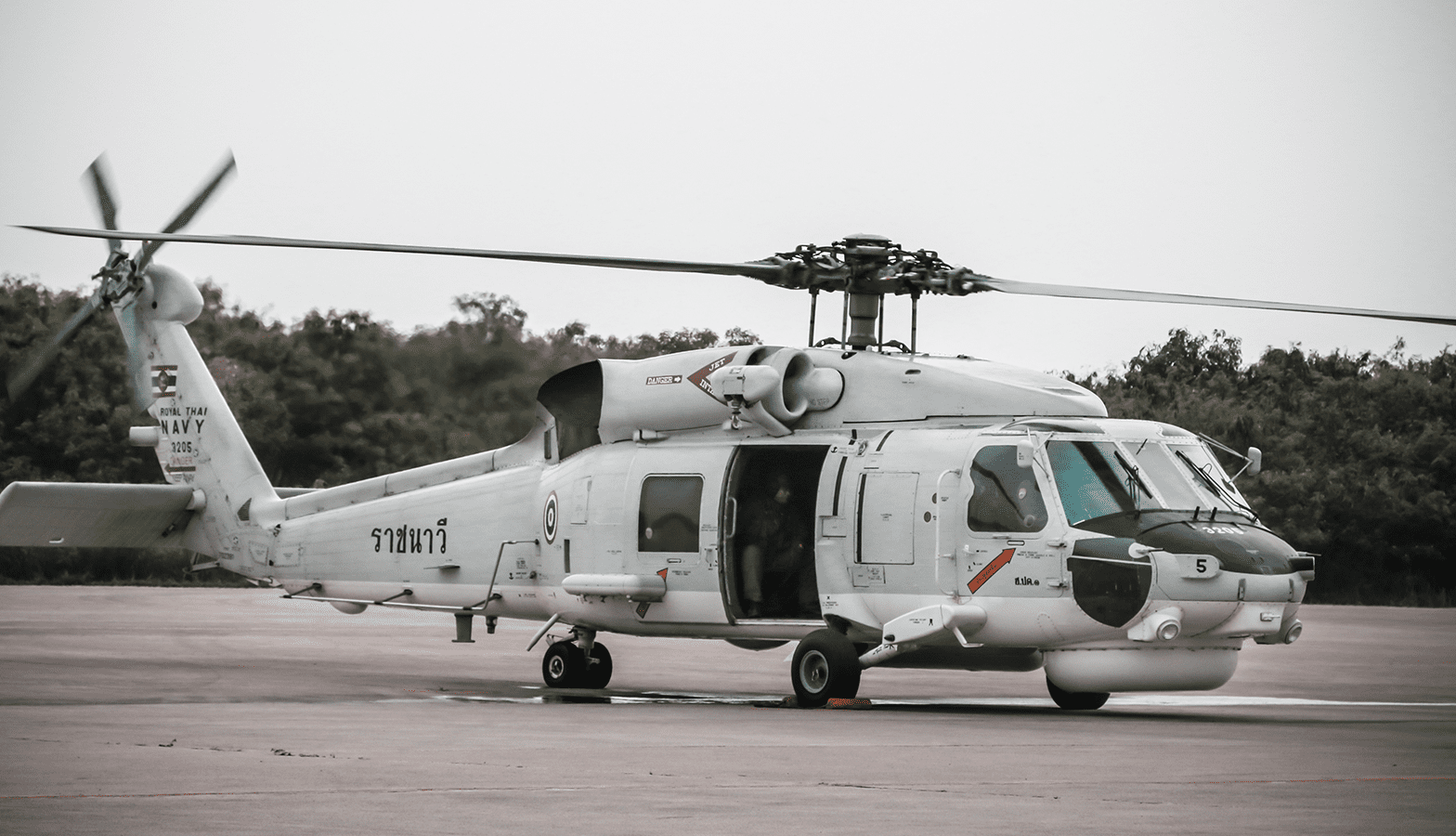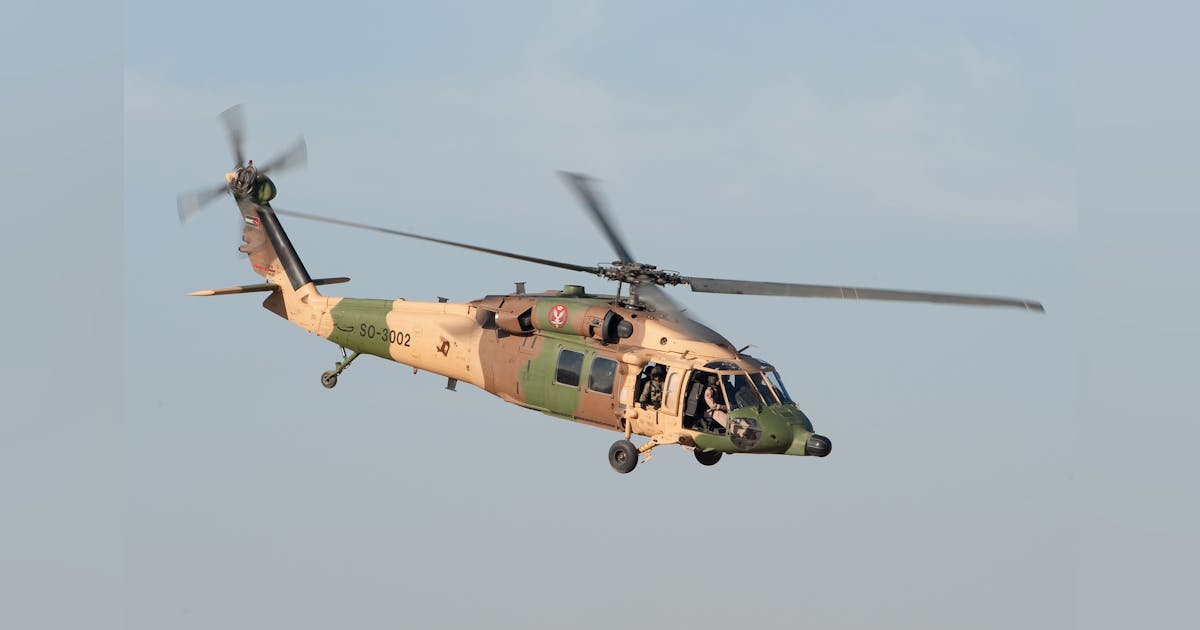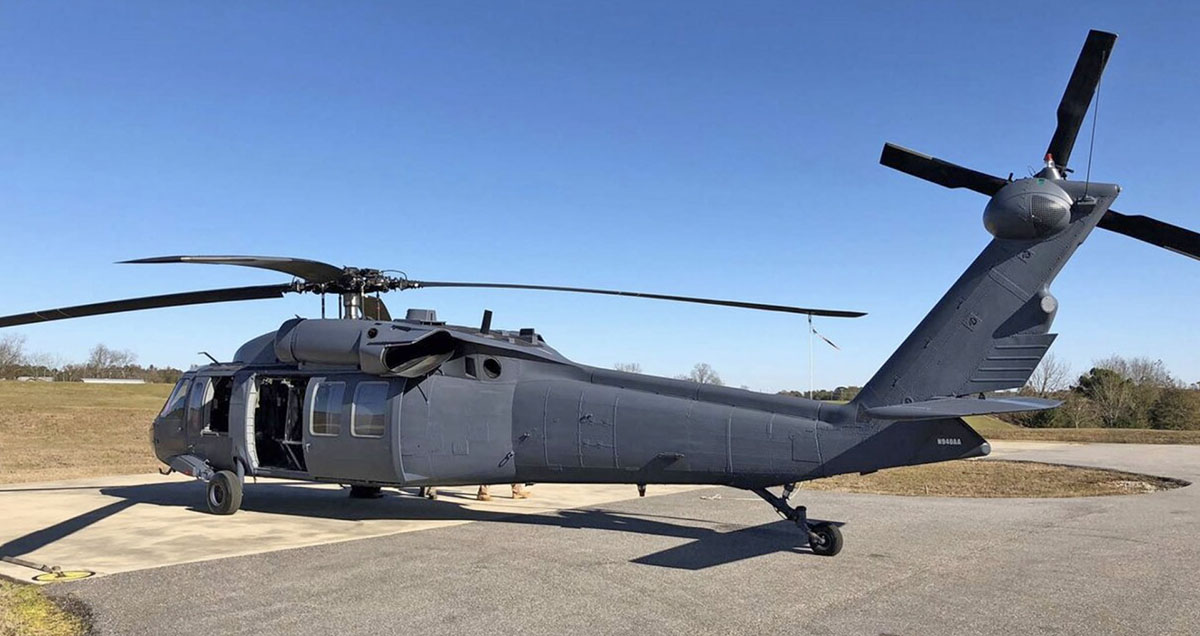Whatever You Need to Understand About the UH 60 Helicopter
The UH-60 helicopter, a keystone of U.S. Army aeronautics since its launching in 1979, stands for an exceptional blend of design and functional convenience. As armed forces demands evolve, so as well does the helicopter, with continuous advancements aimed at improving its capabilities and incorporating modern-day innovations.
Background of the UH-60
Created in the late 1970s, the UH-60 Black Hawk helicopter arised as a reaction to the united state Military's need for a versatile utility helicopter that can perform a variety of objectives under challenging conditions. The incentive for its design was the imperfections determined in the earlier helicopters used throughout the Vietnam Battle, specifically in regards to speed, survivability, and maneuverability.
The Black Hawk was made by Sikorsky Airplane, including advanced technologies and products to boost its efficiency and longevity. It was formally introduced right into service in 1979, rapidly becoming a critical asset for military procedures - uh 60. Its capability to move soldiers, medical evacuation, and logistical support in both fight and humanitarian missions made the Black Hawk an important component of the united state Military's air travel fleet
Throughout the decades, the UH-60 has been constantly upgraded, adapting to the transforming nature of war and the progressing demands of modern-day armed forces procedures. Its functional history includes engagement in major conflicts, peacekeeping goals, and catastrophe alleviation initiatives, strengthening its track record as a trusted and efficient helicopter in various settings worldwide.

Style and Specifications
The design of the UH-60 Black Hawk helicopter consistently mirrors a commitment to functional efficiency and versatility. Established by Sikorsky Aircraft, this medium-lift utility helicopter includes a smooth, wind resistant fuselage that improves speed and ability to move. Its tandem rotor system, defined by 2 counter-rotating blades, minimizes vibration and increases lift capability, allowing for much safer procedures in diverse environments.
The UH-60 is powered by 2 T700-GE-701C turboshaft engines, supplying an optimum speed of around 180 knots and a series of around 400 nautical miles. Its durable airframe is constructed from advanced composite materials, making sure sturdiness while maintaining a relatively low weight. The helicopter has an optimum gross weight of regarding 22,000 extra pounds, supporting a functional payload configuration.

Duties and Missions
A flexible system, the UH-60 Black Hawk helicopter offers a wide variety of roles and missions within army procedures. Designed primarily for army transport, it can bring up to 11 soldiers, making it a crucial property for rapid deployment and logistical assistance.
Along with army transportation, the UH-60 masters clinical evacuation (MEDEVAC) objectives, equipped with innovative clinical equipment to offer critical treatment throughout transportation. Its ability to run in varied settings enhances its efficiency in battle search and rescue (CSAR) procedures, where swift removal of workers is essential.
The helicopter also plays a significant function in reconnaissance and security objectives, using onboard sensing units and devices to gather intelligence. Its flexibility extends to logistical support, capable of delivering materials and tools to onward running bases.
In fight operations, the UH-60 can be equipped with different weapon systems, enabling it to supply close air support. Its multi-role capability makes the Black Hawk a vital device for contemporary military forces, adapting perfectly to the evolving needs of battlefield circumstances and making certain goal success throughout a series of operational contexts.
Efficiency and Abilities
Understood for its robust efficiency, the UH-60 Black Hawk helicopter boasts outstanding capabilities that enhance its functional performance across numerous this link objectives. uh 60. This multi-role aircraft is geared up with effective twin-engine Turbomeca Arriel 1D1 engines, supplying extraordinary speed and maneuverability, with an optimum cruise rate of around 150 knots and an operational series of around 400 nautical miles
The Black Hawk's innovative avionics and fly-by-wire control systems dramatically improve flight security and handling, permitting it to operate in varied atmospheres, including negative climate condition. Its versatility is more exhibited by its ability to bring up to 11 totally geared up troops or a payload of around 8,000 pounds, making it ideal for troop transport, clinical discharge, and logistical support objectives.
Furthermore, the UH-60 is created for survivability, featuring reinforced airframes, click to read ballistic defense for crew and travelers, and progressed countermeasure systems to evade dangers. The helicopter's dexterity and rate, combined with its capability for quick deployment, make it an important property in modern armed forces operations, guaranteeing that it continues to be a key aspect of tactical air support and battleground mobility.
Future Advancement

One significant focus is the assimilation of sophisticated avionics systems, which will certainly boost situational recognition with enhanced navigating and communication capabilities. This includes the prospective use of expert system to assist pilots in decision-making and mission preparation.
Additionally, future versions might include sophisticated materials and design attributes to boost the helicopter's toughness and decrease its radar signature, enhancing survivability in opposed environments.
The introduction of hybrid-electric propulsion systems is likewise coming up, intending to enhance fuel effectiveness and reduce logistical worries. Such developments can prolong operational variety and lower the helicopter's environmental footprint.

Verdict
The UH-60 helicopter stands for a considerable development in army aeronautics given that its intro in 1979. Its durable style, versatile capabilities, and constant upgrades ensure its relevance in different functional roles, consisting of army transport and medical emptying. As my explanation technology proceeds, future advancements will likely enhance its performance with the integration of expert system and hybrid-electric systems. The UH-60's enduring existence emphasizes its crucial role in contemporary armed forces operations and highlights the recurring evolution of military air travel technology.
The UH-60 helicopter, a cornerstone of U.S. Military aeronautics since its debut in 1979, stands for an amazing mix of design and functional flexibility. As military needs progress, so also does the helicopter, with ongoing advancements intended at boosting its capacities and integrating modern technologies.The style of the UH-60 Black Hawk helicopter consistently reflects a commitment to operational effectiveness and adaptability. Established by Sikorsky Airplane, this medium-lift energy helicopter features a sleek, wind resistant body that improves rate and maneuverability.The UH-60 helicopter stands for a considerable development in army aviation because its introduction in 1979.